Introduction
Steamed buns, known as baozi in Chinese cuisine, are beloved globally for their soft, pillowy texture and versatile fillings. Whether filled with savory meats, aromatic vegetables, or sweet pastes, these treats are a culinary delight. However, their delicate nature makes proper storage essential to prevent sogginess, drying out, or spoilage. This guide delves into the science and practical steps to preserve steamed buns, ensuring they retain their taste and texture for days or even months. From refrigeration to freezing, thawing to reheating, mastering these techniques will transform how you enjoy this staple dish.
Immediate Post-Cooking Care: Cooling Down Properly
The first step in preserving steamed buns begins moments after they leave the steamer. Allowing them to cool correctly prevents condensation, which can lead to mushy skins or mold growth.
- Avoid Rapid Cooling: Never leave steamed buns exposed to room temperature for extended periods. The sudden drop in heat causes moisture to accumulate on the surface, creating a breeding ground for bacteria.
- Controlled Cooling: Place freshly steamed buns on a wire rack or a clean kitchen towel. Ensure they are spaced apart to allow air circulation. This method cools them evenly without trapping excess moisture.
- Timing: Let buns cool for 15–20 minutes. They should feel warm to the touch but not hot. Overcooling can harden the dough, while undercooling risks sogginess during storage.
Refrigeration Methods: Short-Term Freshness
Refrigeration is ideal for storing steamed buns for 2–3 days. However, cold temperatures can dry out the dough, so proper wrapping is critical.
- Airtight Containers: Use plastic or glass containers with tight-fitting lids. Line the base with parchment paper to absorb excess moisture.
- Individual Wrapping: Wrap each bun in parchment paper or plastic wrap before placing them in the container. This prevents sticking and maintains individual shapes.
- Avoid Overcrowding: Leave space between buns to prevent bruising. Overcrowding also traps moisture, accelerating spoilage.
- Shelf Life: Refrigerated buns are best consumed within 48 hours. After that, the texture may become denser, and fillings may lose flavor.
Freezing Techniques: Long-Term Preservation
Freezing is the gold standard for extending shelf life. When done correctly, steamed buns can last 1–2 months without significant quality loss.
- Flash Freezing: Arrange cooled buns on a baking sheet lined with parchment paper. Freeze uncovered for 1–2 hours until partially frozen. This prevents clumping.
- Packaging: Transfer frozen buns to airtight freezer bags or vacuum-sealed containers. Remove excess air to prevent freezer burn.
- Labeling: Date and label packages. While frozen buns are safe indefinitely, quality declines after 8 weeks.
- Portion Control: Freeze buns in meal-sized portions to avoid repeatedly thawing and refreezing, which degrades texture.
Thawing Procedures: Gentle Reawakening
Thawing improperly can turn steamed buns into dense, soggy masses. Follow these steps for optimal results:
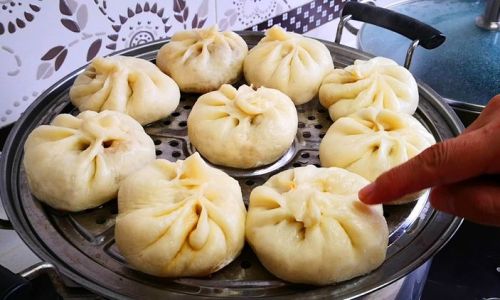
- Refrigerator Thawing: Transfer frozen buns to the fridge 6–8 hours before serving. This slow thaw preserves moisture and texture.
- Countertop Thawing: For quicker results, place wrapped buns at room temperature for 30–45 minutes. Avoid direct sunlight or heat sources.
- Avoid Microwaves for Thawing: Microwaving frozen buns directly can create uneven heating, leading to tough spots or sogginess.
Reheating Best Practices: Restoring Fluffiness
Reheating is where science meets artistry. The goal is to revive the dough’s elasticity without drying out the filling.
- Steaming: The traditional method. Use a steamer basket over boiling water for 5–7 minutes. Wrap the lid in a clean towel to prevent water droplets from dampening the buns.
- Oven Reheating: Preheat to 350°F (175°C). Wrap buns in foil and bake for 8–10 minutes. This method crisps the bottom slightly, ideal for pan-fried varieties.
- Microwave Technique: Place buns on a microwave-safe plate with a damp paper towel. Heat in 15-second intervals on medium power to avoid gumminess.
Common Storage Mistakes to Avoid
Even seasoned cooks make errors that compromise steamed bun quality. Watch out for these pitfalls:
- Storing Hot Buns: Sealing hot buns traps steam, leading to condensation and mold.
- Using Paper Towels: While well-intentioned, paper towels can stick to the dough and leave residue. Opt for parchment paper instead.
- Ignoring Filling Types: Meat-filled buns spoil faster than vegetable ones. Store them separately and consume meat varieties first.
- Refreezing Thawed Buns: Once thawed, buns should not be refrozen, as ice crystals damage the dough structure.
Storage Tips for Different Filling Types
Fillings dictate storage timelines and methods. Adjust your approach based on ingredients:
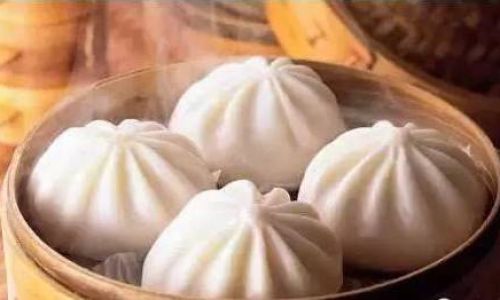
- Meat Fillings: High in protein and moisture, these buns last 1–2 days refrigerated. Freeze immediately if not consuming within 24 hours.
- Vegetable Fillings: Lower in fat, these keep 2–3 days. Blanch vegetables before filling to extend freshness.
- Sweet Fillings: Red bean paste or custard-filled buns can last 3–4 days refrigerated. Avoid freezing custard fillings, as they may separate.
- Oily Fillings: Pork belly or lard-rich fillings benefit from airtight storage to prevent rancidity.
Shelf Life and Spoilage Signs
Knowing when to discard buns is crucial for food safety. Look for:
- Off Odors: A sour or fermented smell indicates bacterial growth.
- Mold: Any fuzzy spots, even if localized, mean the bun is unsafe.
- Texture Changes: Excessively dry, shriveled, or slimy surfaces are red flags.
- Freezer Burn: White, dried patches on frozen buns mean they’ve lost moisture. While safe, their texture will be compromised.
Creative Storage Solutions
Beyond conventional methods, these hacks can elevate your preservation game:
- Vacuum Sealing: Removes air entirely, preventing freezer burn and extending shelf life by 3–4 weeks.
- Silica Gel Packs: Place a food-safe packet in storage containers to absorb excess moisture.
- Freezer-Safe Dividers: Use silicone muffin cups to separate buns in containers, preventing sticking.
- Labeling Systems: Use color-coded labels for different fillings, streamlining meal planning.
The Science Behind Steamed Bun Preservation
Understanding the chemistry of dough and fillings explains why certain methods work:
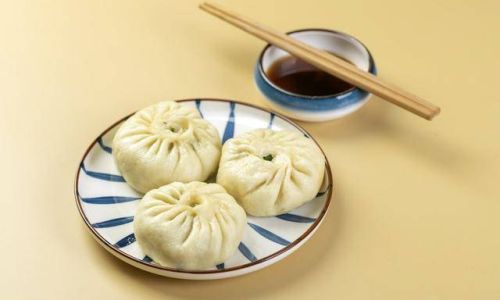
- Starch Retrogradation: When cooled, starch molecules in the dough recrystallize, causing firming. Reheating reverses this, restoring softness.
- Moisture Migration: Fillings with high water content (e.g., vegetables) release moisture during storage. Proper wrapping prevents this from sogging the dough.
- Freezer Burn Mechanics: Ice crystals form when air contacts frozen food. Airtight packaging minimizes this, preserving cellular structure.
Regional Variations in Storage
Cultural practices influence preservation techniques worldwide:
- Japanese Nikuman: Often vacuum-sealed due to their popularity in convenience stores.
- Vietnamese Bánh Bao: Stored in banana leaves in tropical climates to balance humidity.
- Korean Hoppang: Frozen varieties are common in supermarkets, reheated in specialized toasters.
Troubleshooting Common Issues
- Soggy Bottoms: Elevate buns in storage containers using a rack to promote airflow.
- Dry Crusts: Brush dough with a thin layer of oil before steaming to lock in moisture.
- Uneven Heating: Poke small holes in the bun’s base before reheating to ensure even steam penetration.
Sustainability Tips
Reduce waste with eco-friendly storage:
- Reusable Containers: Swap plastic bags for beeswax wraps or silicone lids.
- Composting Spoiled Buns: If mold occurs, compost the dough (minus plastic wrappers) to reduce landfill impact.
- Batch Cooking: Prepare fillings in advance to steam buns fresh daily, minimizing leftovers.
Advanced Techniques for Food Enthusiasts
For those seeking culinary perfection:
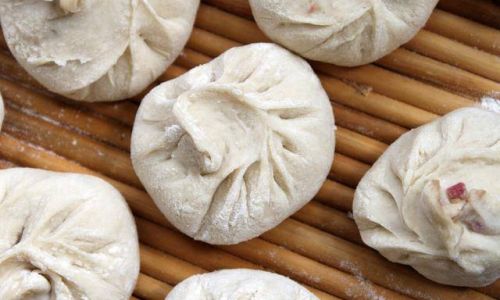
- Sous-Vide Reheating: Seal buns in vacuum bags and reheat in a water bath at 140°F (60°C) for 15 minutes for restaurant-quality results.
- Fermented Dough Storage: Sourdough buns can be refrigerated for up to a week, with flavor deepening over time.
- Dehydrated Fillings: For long-term storage, dehydrate vegetable fillings and rehydrate before assembling buns.
The Role of Humidity in Storage
Humidity control is a silent hero in preservation:
- High Humidity Environments: Use paper towels to absorb excess moisture in tropical climates.
- Low Humidity Areas: Mist buns lightly with water before wrapping to prevent drying.
- Refrigerator Crispers: Store buns in the vegetable drawer, where humidity is slightly higher.
Cultural Significance of Steamed Buns
Beyond cuisine, steamed buns hold cultural weight. Proper storage respects this heritage:
- Festive Occasions: During Chinese New Year, buns are gifted in red envelopes. Storing them correctly honors the tradition.
- Street Food Culture: In Taiwan, breakfast buns are steamed fresh daily. Home cooks emulate this freshness through strategic freezing.
- Global Adaptations: In the West, fusion buns (e.g., curry-filled) require storage tweaks to preserve unique flavors.
Future of Steamed Bun Preservation
Innovations are reshaping storage:
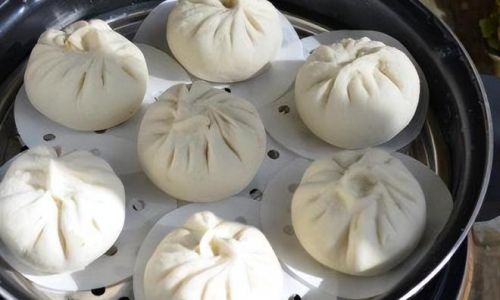
- Smart Containers: Equipped with sensors, these devices monitor humidity and temperature, alerting users via apps.
- Edible Coatings: Biodegradable films made from starch or chitosan extend shelf life naturally.
- 3D-Printed Dough: Lab-grown structures could revolutionize texture retention post-freezing.
Conclusion
Preserving steamed buns is an art that balances science, tradition, and practicality. By mastering cooling, wrapping, and reheating techniques, you can enjoy these treats anytime without compromising their essence. Whether you’re a home cook or a food entrepreneur, these methods ensure every bite is as delightful as the first. Embrace the journey of preservation, and let the humble steamed bun continue to bridge cultures and generations.
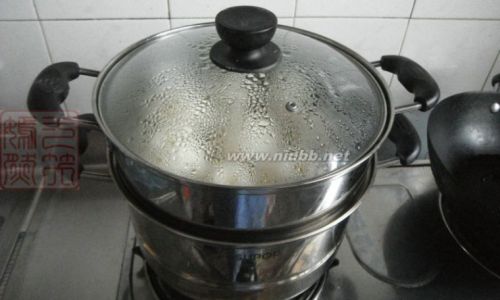
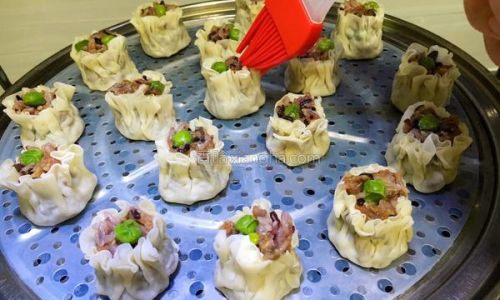
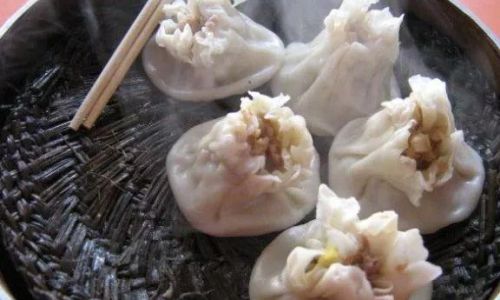
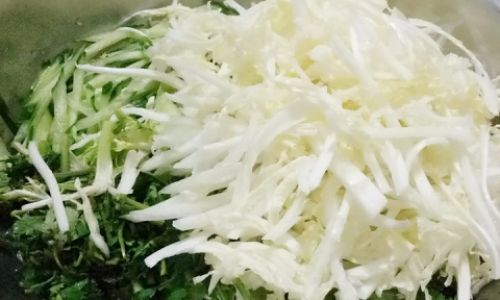

0 comments